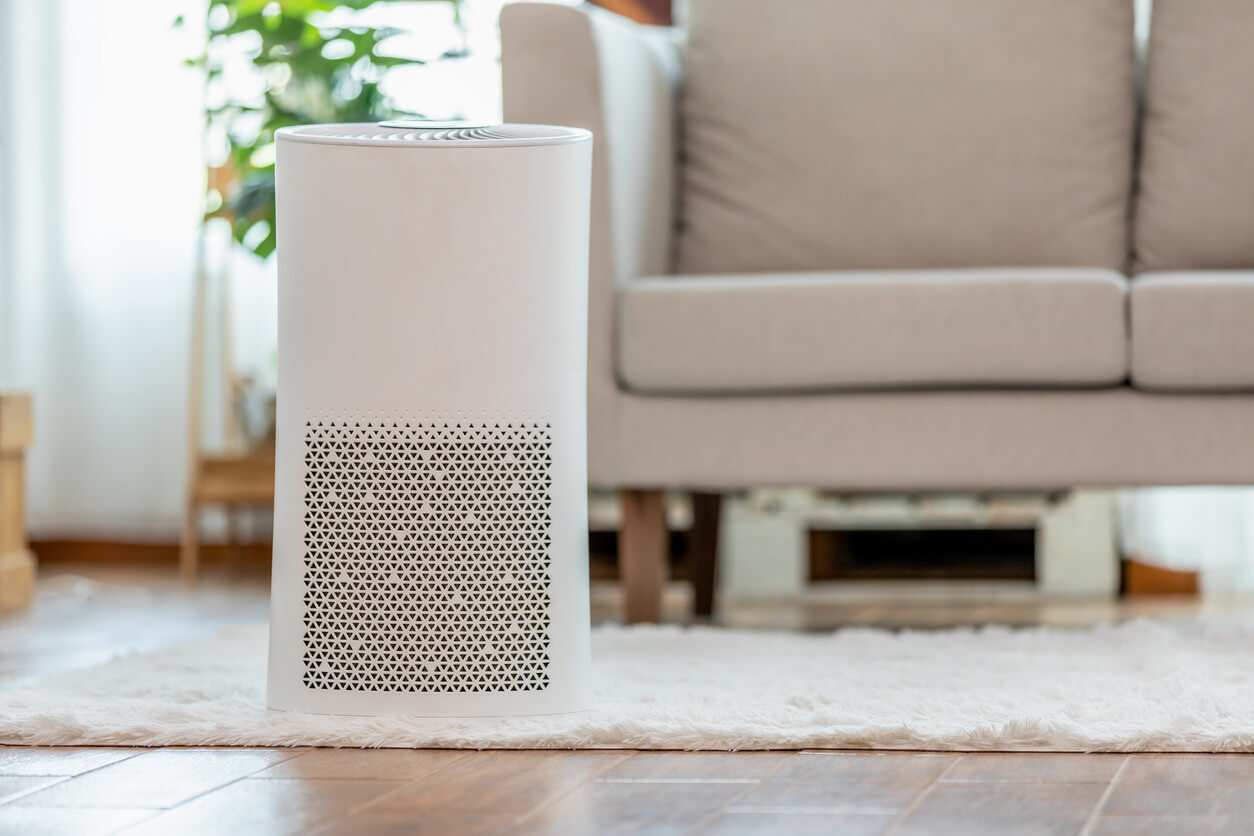No matter where you are or who you are, we all face various risks to our health as we go about our day-to-day lives. Whether we're out for a walk, driving our car, flying in a plane, or engaging in recreational activities, we're being exposed to environmental pollutants that all pose a varying degree of risk. Sometimes these risks are unavoidable. Some we choose to accept because aspects of our lives or abilities would be restricted if we did not.
Most of us need transportation, many of us live in cities or towns where vehicle use is heavy, and so on. Most of us would love to have the opportunity to make a better choice, and when it comes to indoor pollution, this is a risk which you can do something about.
In the last decade, there has been an alarming growing body of research and scientific evidence that links air quality within our homes and buildings and our health. You may not be aware that the air in the buildings we live in may be more dangerously polluted than the air outside, especially in industrialized cities.(1)
Many of us are spending more of our lives indoors. Whether it is to work from home, stay socially distanced, or simply coming home after a long day at work—the risk to our health may be greater than we know due to most of us spending roughly 90% of our time inside exposed to indoor air pollution.
Why It Matters
A single pollutant source generally does not pose as high of a risk. Our bodies are amazing machines that can help fight many toxins. But the issue with home air pollution is that it is usually not just one source. Almost every home will have more than one source of air pollution that can merge to create a severe health risk when combined. Both the EPA (the United States Environmental Protection Agency) and the CPSC (the United States Consumer Product Safety Commission) have urged people to take the actions possible to reduce the levels of indoor air pollution within our homes. Because so many of us as Americans spend time inside with mechanical heating, cooling, ventilation systems, and so on—there is a significant potential risk to be exposed to contaminated air.What Can Cause Indoor Air Issues?
Pollution sources can stem from products, items, appliances, or machinery that release gasses or particles into the air and are the primary cause of air quality problems in homes. If your home's ventilation is inadequate, this can cause even higher levels due to your home being unable to bring in enough fresh outdoor air to dilute contamination from inside to outside. During the summer, higher temperatures and higher humidity can also sharply increase the concentration of specific contaminants. While this is not an exhaustive list, here are some of the most common combustion sources:- Oil
- Gas
- Kerosene
- Coal
- Wood
- Tobacco products
- Building materials or furnishings that are older and deteriorated, such as asbestos-containing insulation, wet carpets, and particular pressed wood furniture, cabinetry, and other products made from pressed wood.
- Household cleaning products, household maintenance products, personal care, or hobby products
- Central heating or cooling systems and humidification devices
- Outdoor sources such as radon, pesticides, and outdoor air pollution
- Dust, dust mites, dander, hair, pet hair, pest droppings, and textile fibers
- Mold and mildew spores
How Do I know if Indoor Air Quality is Affecting my Health?
Health effects of poor-quality indoor air can vastly differ from person to person. Some may experience immediate side effects after exposure, and some may not see any health issues until many years later. Some of the immediate general effects after a single exposure or repeated exposures can feel like having a cold or allergies, such as:- Eye irritation
- Nose irritation
- Throat irritation/soreness
- Headaches
- Dizziness
- Fatigue
- Respiratory diseases
- Heart disease
- Cancer
Why You Need an Air Purifier for Your Home
Our homes should be our safest places. A place to relax and recharge, not a place that could do us potential harm. There are ways to improve indoor air quality if you are experiencing symptoms that disappear as soon as you leave your home, like:- Have a regular cleaning routine, keeping your home's dust at a minimum. Vacuum and mop every two weeks. Dust under furniture, ceiling fans, window blinds, and lamp shapes.
- Have a professional maintain your HVAC system that circulates air throughout your entire home. Change the air filter every 30-90 days.
- Ensure you control your home humidity. When cooking, run the kitchen exhaust fan, use your bathroom exhaust, or open a window during showering or bathing.
- Where safe, sleep with your bedroom window open at least a little bit to allow some fresh outdoor air into your room.








